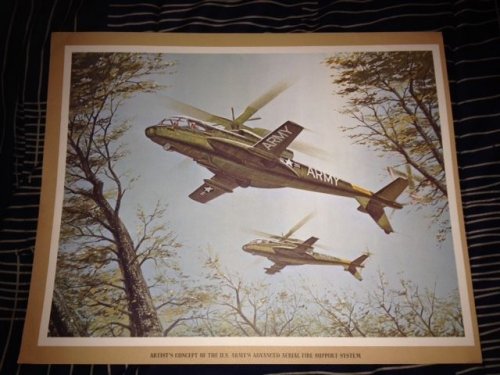Lockheed AH-56 Cheyenne photo description sheets found on eBay
URL:
http://www.ebay.com/itm/LOCKHEED-AH-56A-CHEYENNE-HELICOPTER-PHOTO-DESCRIPTION-SHEETS/331071070141?_trksid=p2045573.m2102&_trkparms=aid%3D555012%26algo%3DPW.MBE%26ao%3D1%26asc%3D18580%26meid%3D2895820313242344323%26pid%3D100034%26prg%3D8476%26rk%3D1%26rkt%3D8%26sd%3D231101110630%26
URL:
http://www.ebay.com/itm/LOCKHEED-AH-56A-CHEYENNE-HELICOPTER-PHOTO-DESCRIPTION-SHEETS/331071070141?_trksid=p2045573.m2102&_trkparms=aid%3D555012%26algo%3DPW.MBE%26ao%3D1%26asc%3D18580%26meid%3D2895820313242344323%26pid%3D100034%26prg%3D8476%26rk%3D1%26rkt%3D8%26sd%3D231101110630%26


























